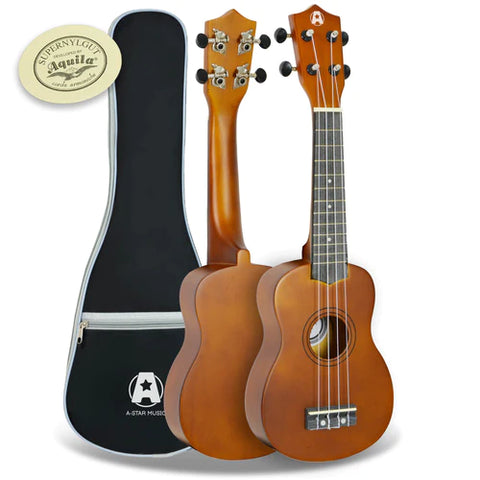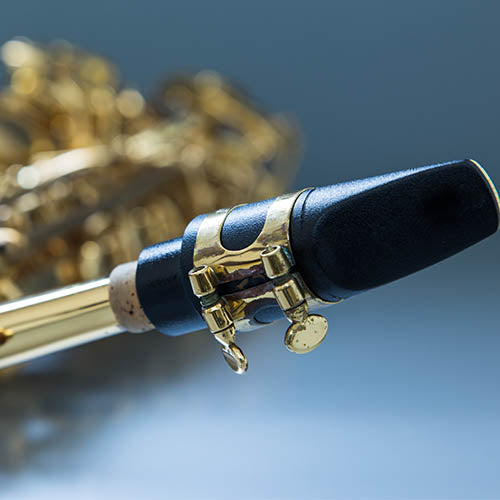Mastering the art of using a musical instrument to bring a beautiful sound to life is rewarding in so many ways. Music can instill discipline, improve executive brain functions and strengthen coordination in kids and adults. It can also help express creativity and emotions and devise healthy measures for coping with stress.
For those who remain committed and hone your skills, you can build a successful musical career. But knowing where to start is often a challenge for many people who want to try their hand at this charming art. With tons of different musical instruments, finding one that is newbie-friendly can be difficult. Luckily, this article will take you through the 10 best musical instruments for beginners that are beginner-friendly to help you choose an instrument that will inspire you to play.
1. Acoustic/Classical Guitar

The guitar is undoubtedly one of the world’s most-played musical instruments. It’s ideal for learners aged 6 years and above. Acoustic guitars are easier to master than electric and therefore ideal for those who are just starting. They come in a wide array of sizes and styles to meet the unique needs of every learner. Guitars complement other musical instruments and still sound amazing when played solo.
2. Ukulele

This small, fancy, and portable instrument is a great choice for beginners. It resembles a mini-guitar with four nylon strings, which are super easy to press and play than nickel or steel strings. Thanks to its petite size, young musicians can enjoy carrying it around and sharpening their skills. You can master playing several chords within a short duration and even acquaint yourself with a few songs. More importantly, the ukulele produces a pleasant sound that soothes your ears
3. Digital Piano or Keyboard

Learning piano isn’t as convenient as the ukulele or even the guitar. Other than occupying a big portion of space in your house, a digital piano can be a bit costly. If you are also keen on and talented in composing and writing notes, you could use platforms such as Flat.io, which is a collaborative and learning tool that makes writing notes more easy and more fun, as you have the possibility to share them with your friends and check scores. That aside, the biggest advantage of learning piano is that you acquire an in-depth knowledge of music theory, which is applicable in nearly all other instruments. It also allows you to add an audio interface for better quality recording.
4. Trumpet

This instrument boasts a long and memorable history in the musical world. It has been in existence as early as 1500 BC. With physical stamina and professional guidance on how to control the breath and keys properly, the trumpet has proven itself as an excellent tool for innovation. Playing trumpet guarantees you a fun-filled experience, but it’s not ideal for DIY music because it requires lots of guidance.
5. Violin

Violin has been instrumental in music composition and development for almost five centuries. It’s beginner-friendly and ideal for kids 6 years and above. Violins come in a broad range of sizes to suit the learner’s age and needs. If you’re just starting, non-electric violins will be the best pick for you. With determination and a few lessons, the violin is fun to learn.
6. Cello

This instrument is larger than the violin. It’s well known for its ability to produce emotional and melancholic sounds. Other than being a great solo instrument, it can be combined with violas and violins to generate trios or quartets. Just like the violin, determination and proper guidance are important ingredients in learning the cello. For a better musical experience, people can add audio systems which to make it perfect needs an audio interface.
7. Drums

Drums are one of the most awe-inspiring instruments to learn and to play. Thanks to their ability to produce rhythm-rich sound, all other musical instruments draw their tempo from drums. But like all musical instruments, you need to be extra careful to avoid common mistakes that beginners make while starting. Consider starting with simple beats and regular drum roll before transitioning to more intricate drumming patterns.
8. Recorder

The recorder is technically one of the easiest woodwinds to learn. With just a simple fingering chart, you can learn how to play the recorder on your own. This ultraportable device teaches you to breathe control and appropriate finger positioning, which are the most basic and essential techniques of woodwinds. Once you get used to a recorder, you can challenge yourself with more complex mouthpieces like clarinet or flute.
9. Saxophones

The saxophone has cemented its place in the music scene due to its versatile nature. It’s used in various genres, from Blue to Rock to R&B to Jazz. It also comes in various sizes and types, including soprano, alto, baritone, and tenor. Beginners should consider starting with the alto saxophone.
10. Harmonica

Harmonica is another versatile and newbie-friendly musical instrument that has cut its place in numerous genres like Blues, Country, Folk and Rock Bands. It’s extremely portable, so you can carry it anywhere you want during your free time. It’s also affordable, meaning you can widen your range of keys by investing in a handful of different harmonicas.
The Key Takeaways
When choosing a beginner-friendly musical instrument, you should choose whatever inspires your inner artist to shine. In addition to the sound you like, consider the instrument’s physicality. For example, pianos require serious motor coordination while recorders require lots of breath control and correct finger positioning. But also bear in mind that learning an instrument is a journey that takes time, determination and continuous practice.




















